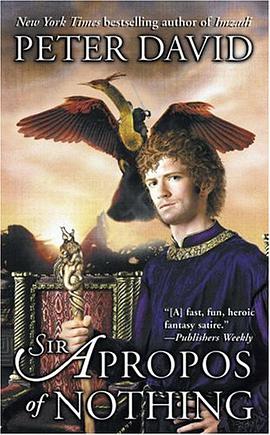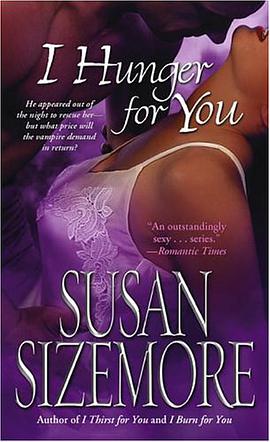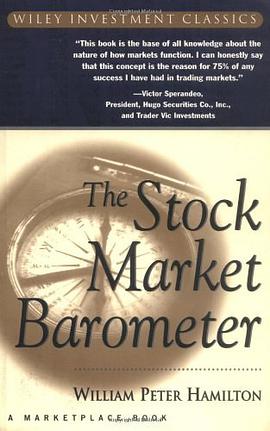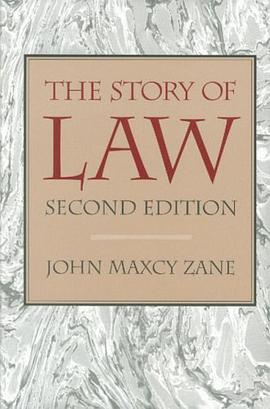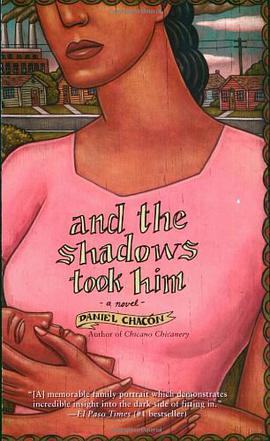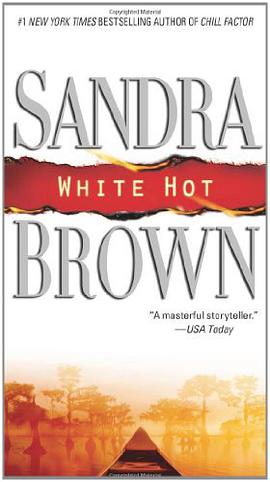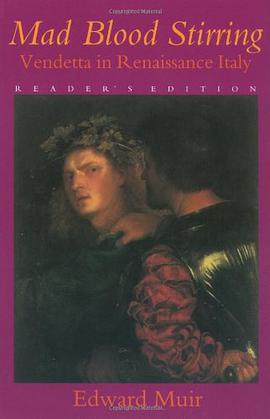

具體描述
Nobles were slaughtered and their castles looted or destroyed, bodies were dismembered and corpses fed to animals-the Udine carnival massacre of 1511 was the most extensive and damaging popular revolt in Renaissance Italy (and the basis for the story of Romeo and Juliet). Mad Blood Stirring is a gripping account and analysis of this event, as well as the social structures and historical conflicts preceding it and the subtle shifts in the mentality of revenge it introduced. This new reader's edition offers students and general readers an abridged version of this classic work which shifts the focus from specialized scholarly analysis to the book's main theme: the role of vendetta in city and family politics. Uncovering the many connections between the carnival motifs, hunting practices, and vendetta rituals, Muir finds that the Udine massacre occurred because, at that point in Renaissance history, violent revenge and allegiance to factions provided the best alternative to failed political institutions. But the carnival massacre also marked a crossroads: the old mentality of vendetta was soon supplanted by the emerging sense that the direct expression of anger should be suppressed-to be replaced by duels.
著者簡介
圖書目錄
讀後感
評分
評分
評分
評分
用戶評價
相關圖書
本站所有內容均為互聯網搜索引擎提供的公開搜索信息,本站不存儲任何數據與內容,任何內容與數據均與本站無關,如有需要請聯繫相關搜索引擎包括但不限於百度,google,bing,sogou 等
© 2025 book.quotespace.org All Rights Reserved. 小美書屋 版权所有

